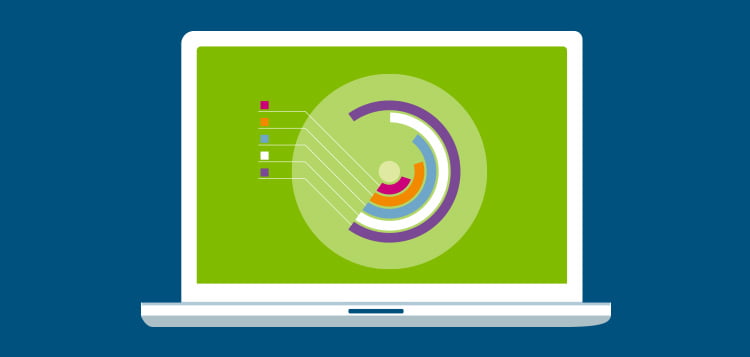Eager To Discover Exactly How Internet Site Style Has Changed Over Time? Dive Into The Evolution From Simpleness To User-Focused Experiences
Eager To Discover Exactly How Internet Site Style Has Changed Over Time? Dive Into The Evolution From Simpleness To User-Focused Experiences
Blog Article
Composed By-Johnsen Trolle
In the past, web sites were straightforward and focused on information. Navigation was direct, and style was for desktop computers. Currently, customer experience is essential. Information overviews layouts for very easy navigation. Receptive designs match different gadgets. Today, dark setting lowers pressure, and minimalist food selections boost navigating. Interactive functions involve individuals, and bold visuals stick out. AI integration enhances involvement. See exactly how style has developed to boost your online journey.
Early Days of Website Design
In the early days of web design, simplicity preponderated. Internet sites were basic, with limited colors, typefaces, and designs. The emphasis got on giving details instead of showy visuals. Customers accessed the web through slow dial-up connections, so speed and functionality were key.
Navigation food selections were straightforward, generally situated at the top or side of the page. Sites were created for home computer, as mobile surfing wasn't yet common. Web content was king, and designers focused on simple readability over complex layout components.
HTML was the primary coding language used, and developers had to function within its constraints. Computer animations and interactive functions were very little contrasted to today's requirements. Sites were static, with little dynamic content or personalized user experiences.
Surge of User-Focused Design
With the advancement of web site design, a change towards user-focused layout principles has come to be increasingly famous. Today, creating sites that focus on individual experience is essential for engaging site visitors and achieving company goals. User-focused style includes understanding the requirements, preferences, and behaviors of your target audience to customize the web site's format, web content, and features as necessary.
Designers currently conduct comprehensive study, such as individual surveys and usability screening, to collect understandings and feedback straight from customers. This data-driven technique helps in creating instinctive navigation, clear calls-to-action, and visually appealing user interfaces that reverberate with visitors. By putting the individual at the facility of the design process, websites can supply a much more customized and enjoyable experience.
Responsive style has actually likewise become an essential element of user-focused style, guaranteeing that sites are maximized for various gadgets and screen sizes. This adaptability enhances access and use, catering to the varied means individuals connect with websites today. Basically, the increase of user-focused style signifies a change in the direction of creating electronic experiences that prioritize the requirements and assumptions of completion individual.
Modern Trends in Web Design
Discover the latest fads forming website design today. One prominent trend is dark mode design, supplying a streamlined and contemporary look while decreasing eye stress in low-light atmospheres. An additional crucial fad is minimalist navigation, simplifying food selections and improving customer experience by concentrating on essential elements. Incorporating micro-interactions, such as computer animated switches or scrolling results, can create a more engaging and interactive website. Responsive design continues to be essential, making sure smooth individual experiences across various tools. In addition, utilizing bold typography and unbalanced designs can include aesthetic rate of interest and draw attention to details material.
Integrating AI technology, like chatbots for client support or customized referrals, enhances individual involvement and simplifies procedures. Access has likewise come to be a significant fad, with developers prioritizing comprehensive layout techniques to accommodate varied customer needs. Embracing sustainability by maximizing web site efficiency for rate and performance is one more arising fad in web design. Collaborating with individual feedback and information analytics to iterate and boost design continually is crucial for staying appropriate in the ever-evolving electronic landscape. By welcoming mouse click the up coming website , you can develop a visually attractive, straightforward web site that reverberates with your target market.
Conclusion
As you review the development of web site layout from the early days to currently, you can see how user-focused design has actually become the driving force behind modern patterns.
Welcome the journey of change and adjustment in web design, always keeping the user experience at the leading edge.
Remain current with the latest patterns and innovations, and never quit progressing your approach to create aesthetically stunning and straightforward sites.
Advance, adjust, and develop - the future of website design is in your hands.
